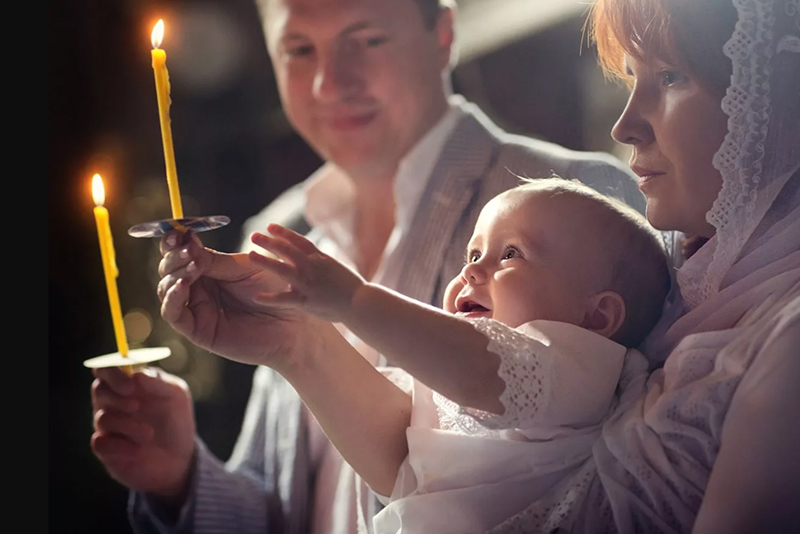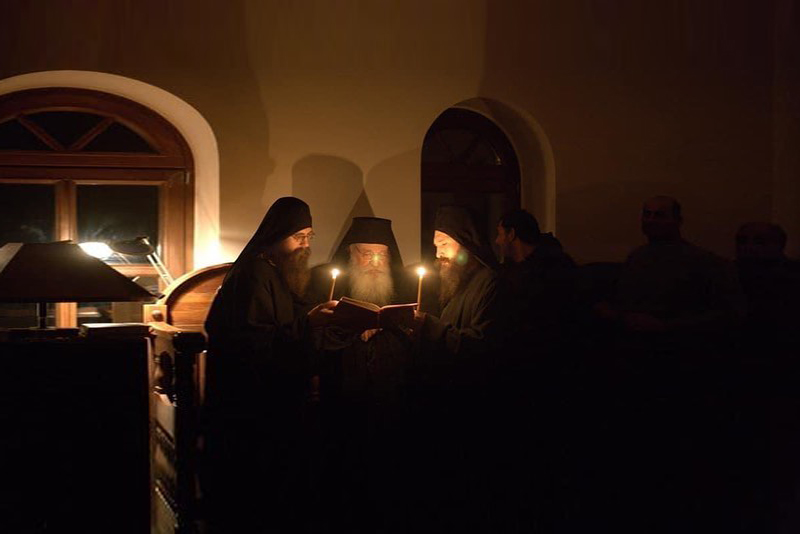
Question: I currently go to a relatively traditional parish, however, recently it has been suggested that we add chairs to our parish, and I can’t help but be deeply troubled by the proposal. Am I making a mountain out of a molehill?
Answer: Pews are certainly not traditional. No Christians of any stripe used them prior to the Protestant Reformation. But you often do find Orthodox parishes that use pews today, in the United States and in other parts of the world in which Orthodox parishes were established, where surrounding heterodox Christians have long used them.
Protestants adopted pews, because they suited services that revolved around long sermons, and such services tended to not have much left in the way of the traditional aspects of Christian worship. But for most of Church history, such things were unheard of.
We see in Scripture that the normal attitude of prayer is standing. Christ said in the Gospels:
“And when ye stand praying, forgive, if ye have ought against any: that your Father also which is in heaven may forgive you your trespasses” (Mark 11:25).
In the parable of the Publican and Pharisee, we find that when they went to the Temple to pray, both the Publican and the Pharisee stood when they prayed:
“Two men went up into the temple to pray; the one a Pharisee, and the other a publican. The Pharisee stood and prayed thus with himself, God, I thank thee, that I am not as other men are, extortioners, unjust, adulterers, or even as this publican. I fast twice in the week, I give tithes of all that I possess. And the publican, standing afar off, would not lift up so much as his eyes unto heaven, but smote upon his breast, saying, God be merciful to me a sinner” (Luke 18:10-13).
You also have references to bowing and kneeling in prayer (1 Kings 8:54; Daniel 6:10; Acts 9:40; Numbers 16:22), but you don’t find many references to people sitting during corporate worship. It is traditional to have seating along the walls of churches for those who are unable to stand throughout the service, but nothing like the pews we see in many churches today.
There are parishes even in the Russian Church Abroad that have pews. These tend to be older parishes that were established during either the pre-revolutionary period, or during the period of the American Metropolia prior to the post World War II wave of immigration (which is most typical of the older mainstream ROCOR parishes). This is due, I think, to the pressure to assimilate (which was even stronger during those periods than it is today). So obviously, the fact that such parishes exist, and continue to use pews would suggest that our bishops do not consider pews to be intolerable, but our bishops clearly do not encourage them either, which is why you don’t see them in most or our parishes.
If you are in a parish that has had pews for generations, you probably are not going to get any where by opposing them, and so you would need to come to terms with them, if there were no better options to consider. But in a situation in which a parish is considering pews (or rows of chairs, that amount to the same thing), one should certainly express respectful opposition to the idea. However, if those in authority decide to put them in, continuing to oppose them would not be a very healthy position to be in… and so again, you would have to either come to accept the facts on the ground, or look elsewhere, if there were other options.
There is a difficult balance one has to strike with such things. We want to be traditional, but on the other hand, we do not want to be a source of scandal or division in a parish. Obviously, there are some abnormalities that one could not possibly come to terms with, even to tolerate them for as long as one had no other parishes in the area to consider, but I would not put pews in that category.
Pews do tend to make the congregation feel like spectators in the services, rather than participants. On the other hand, because we live in a culture in which people are used to sitting through most of a service, there is a tendency in parishes that do not have pews for people to congregate along the walls, and thus not make full use of the worship space. One option I have seen that I think works pretty well, is the use of movable benches with no backs (they seat about 3 to four people, as I recall), that are placed in parts of the Nave of the Church. I observed this in the Old Rite parish in Erie, Pennsylvania, and in my opinion, it worked well, without the usual problems that pews bring, and I don’t think I have seen a parish whose services were more pious than that parish.
On their website, they explain when people should sit on these pews:
“Most Old Rite faithful try to arrive on time for the services. The benches located in the Church of the Nativity are placed there because the faithful usually arrive several minutes before services begin, thus, allowing them a place to sit before services commence. Also, it is still the practice of the Old Rite to read the liturgically-appointed homilies during Matins and/or Vigils. During the reading of these homilies the faithful sit and listened attentively. When the services do begin, the faithful stand with arms folded with as little shifting of feet and body as necessary.”
Because these benches have no backs, it is not very comfortable to sit in them throughout the services anyway. However, they still have benches along the walls for those who do need to sit throughout the services due to age or infirmity.




